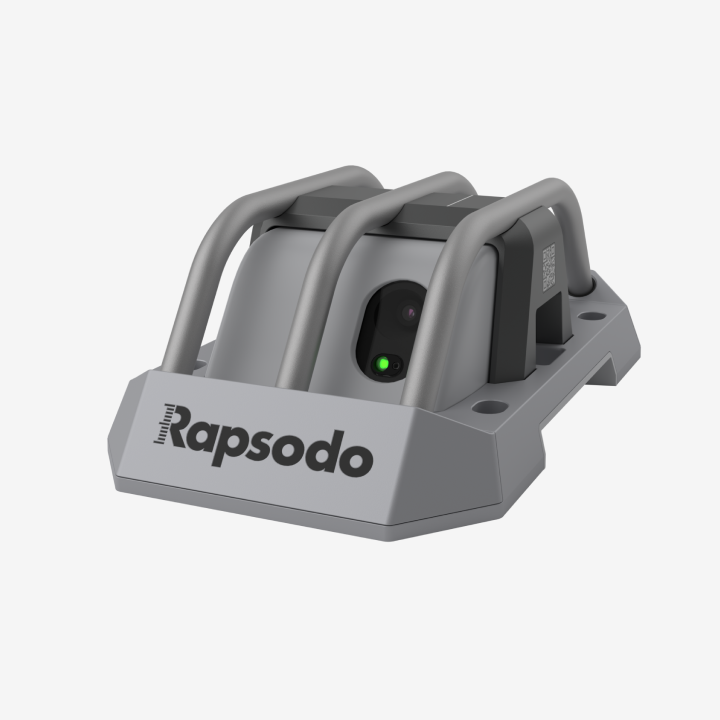The following article was written from a coach’s perspective. Coach Katie Griffith is the head softball coach at Webster University and uses Rapsodo PITCHING 2.0 with her pitchers.
Pitchers and parents of pitchers are always asking, “How can we throw harder?” There are many variables when it comes to velocity in fastpitch softball pitching. I like to pull them into three main groups: size of the pitcher, mechanics of the movements, and effort. Rapsodo softball can help measure a myriad of information in the mechanics department that can instantly help the pitcher work mechanics and see direct results.
The one measurement that pitchers seem to care about the most is that upper left hand corner that flashes the pitch velocity.
 This is a great tool to use as it stands alone, but when I get pitchers to look at one or two other data points from Rapsodo in conjunction with the pitch velocity, things that contribute to velocity (high or low) become more clear.
This is a great tool to use as it stands alone, but when I get pitchers to look at one or two other data points from Rapsodo in conjunction with the pitch velocity, things that contribute to velocity (high or low) become more clear.
For example, we know as fastpitch softball pitchers that if our release point is closer to our body (hip) vs further away (reaching away from her body toward ball-hand side), we will be more efficient in our movements and will throw the ball harder. Rapsodo allows pitchers to see the angle of the ball/hand at release, which tells us if the pitcher’s circle is reaching too far away from her.
 deally, the arm circle will go up past the ear, and then straight back down to the hip to create momentum/whip. This will keep all the momentum she creates with the circle headed to the plate.
deally, the arm circle will go up past the ear, and then straight back down to the hip to create momentum/whip. This will keep all the momentum she creates with the circle headed to the plate.
When looking at Rapsodo data, we are looking for the angle to be less than 10. When this angle is less than 10, we know that most of the velocity she creates with arm circle is going toward home plate (ie velocity goes up).
If the release angle is higher than 10, that tells us that the arm circle is reaching away from the pitcher’s body, and therefore she is losing some momentum/velocity in a direction away from home plate (usually toward the batters box of her throwing arm side).
If the Rapsodo velocity number is lower than the pitcher would like, looking at the angle of release can be one clue into where she might be losing velocity due to poor mechanics. As the angle of release begins to drop through reps with feeling proper mechanics, she will begin to see velocity increase.









